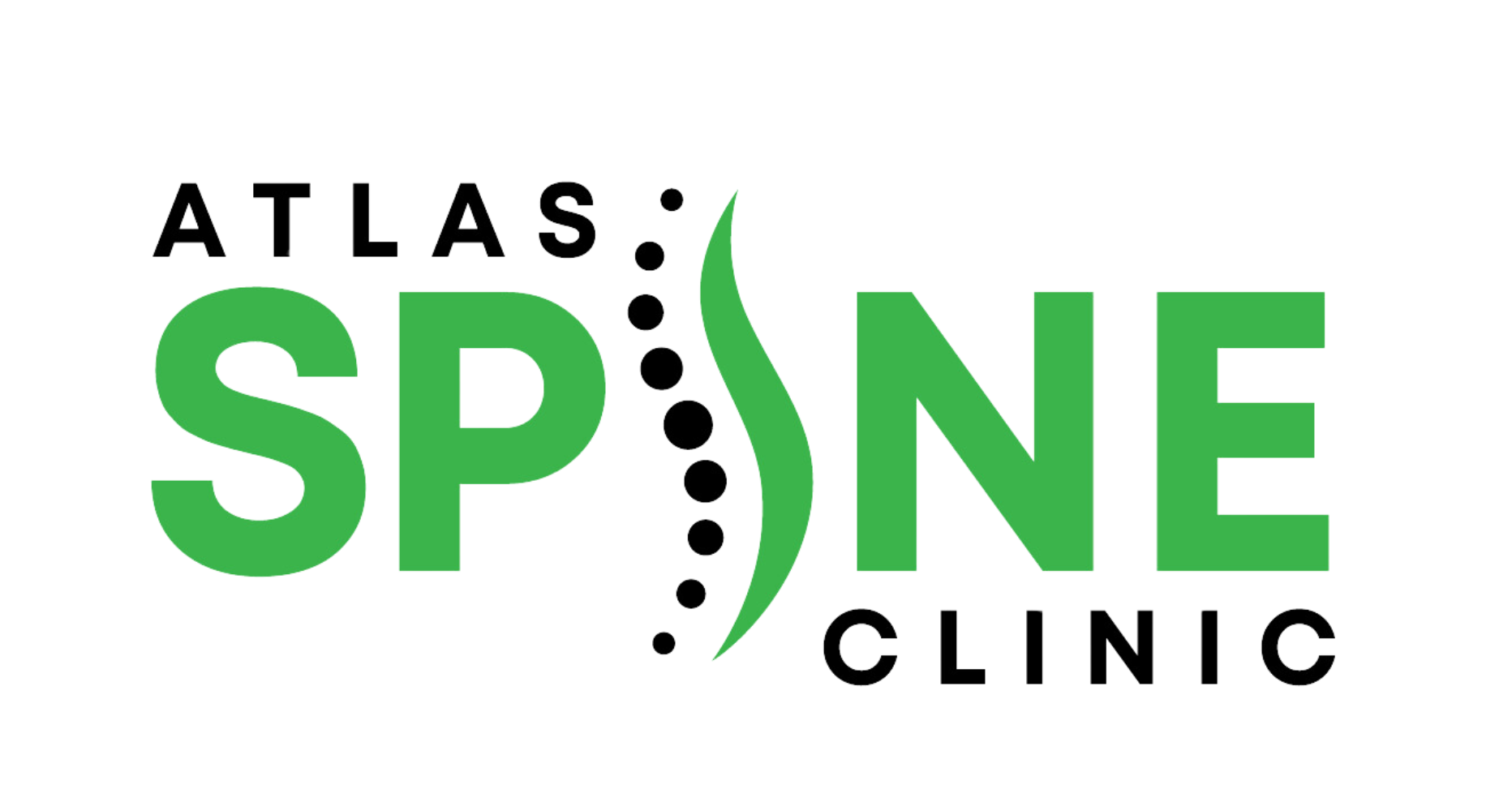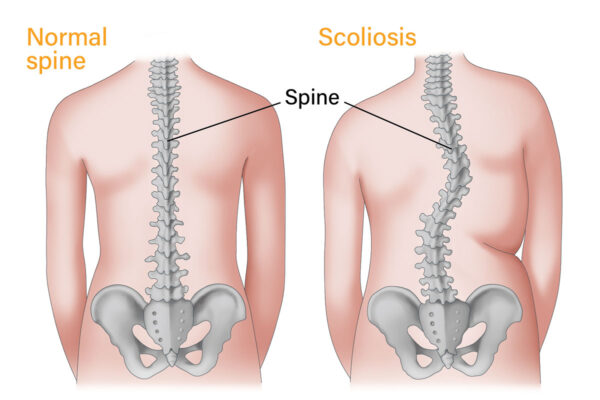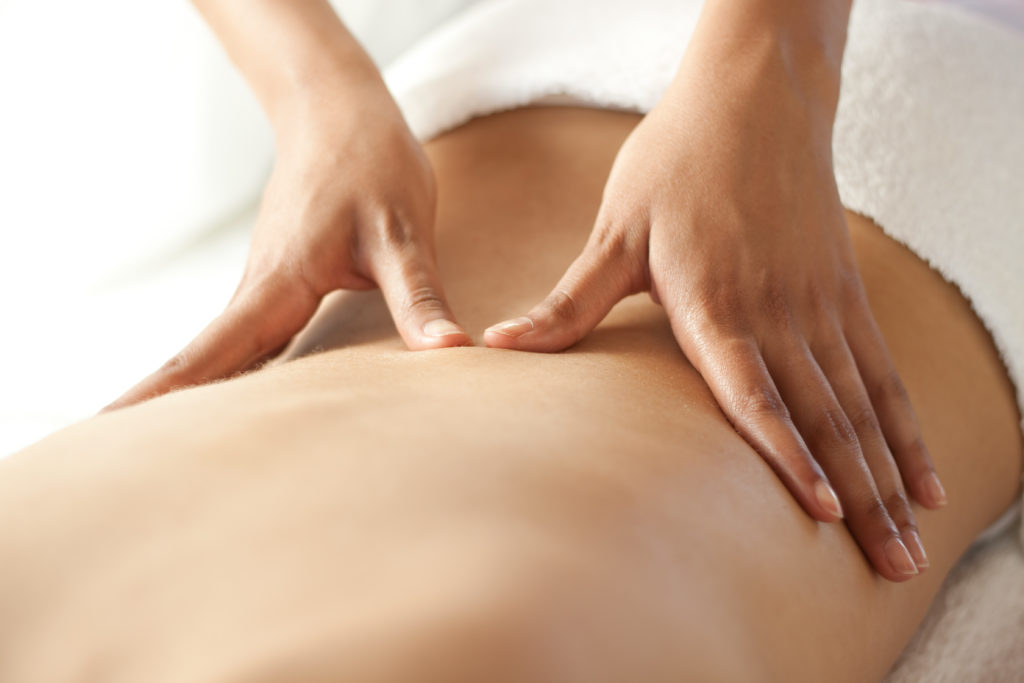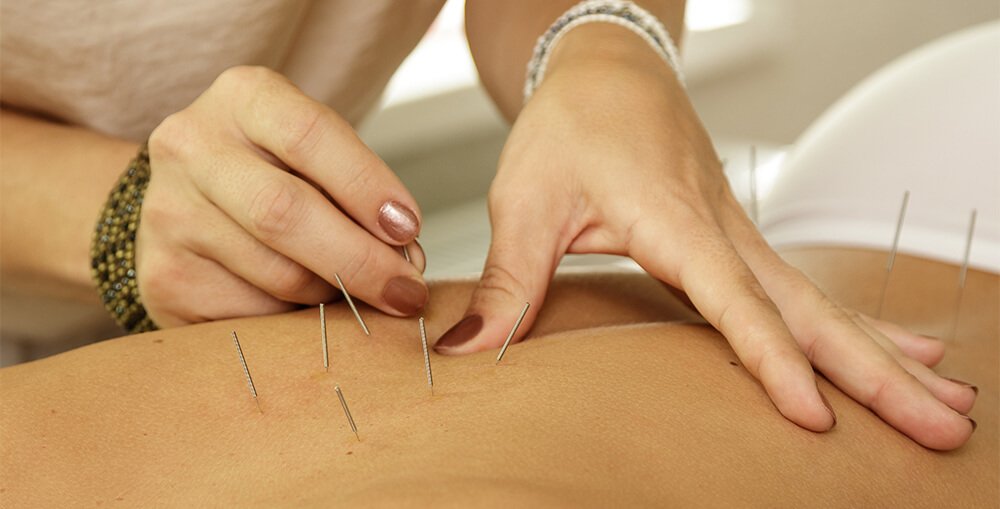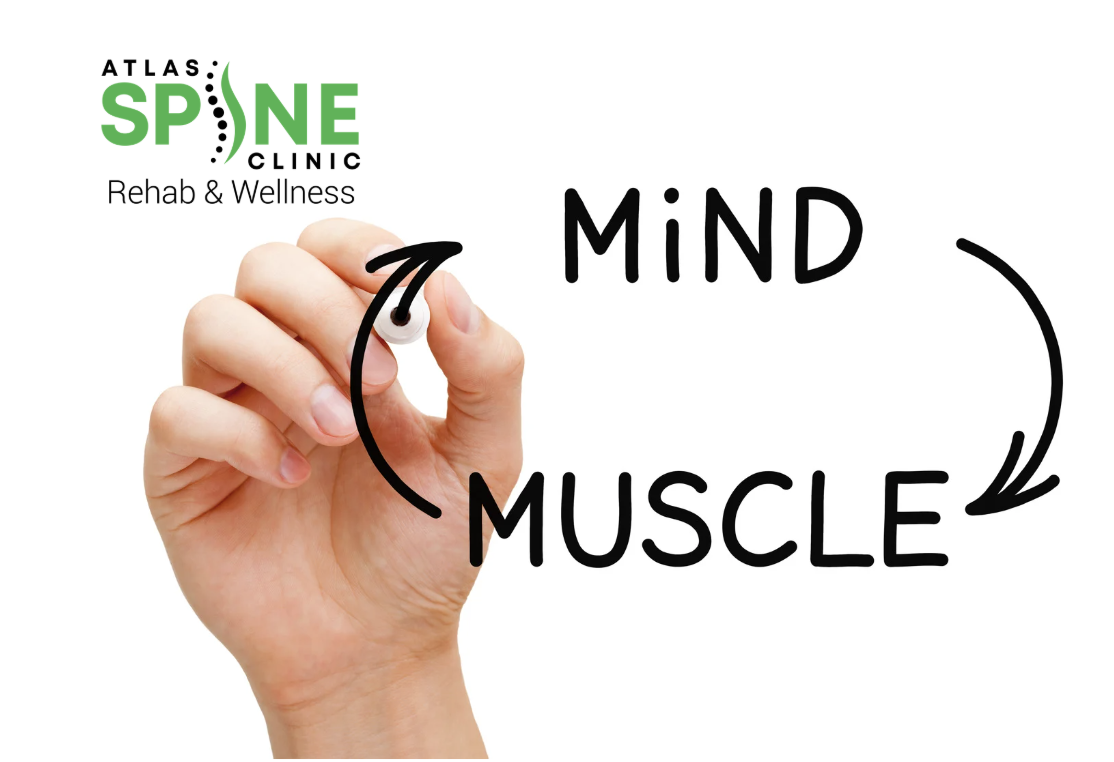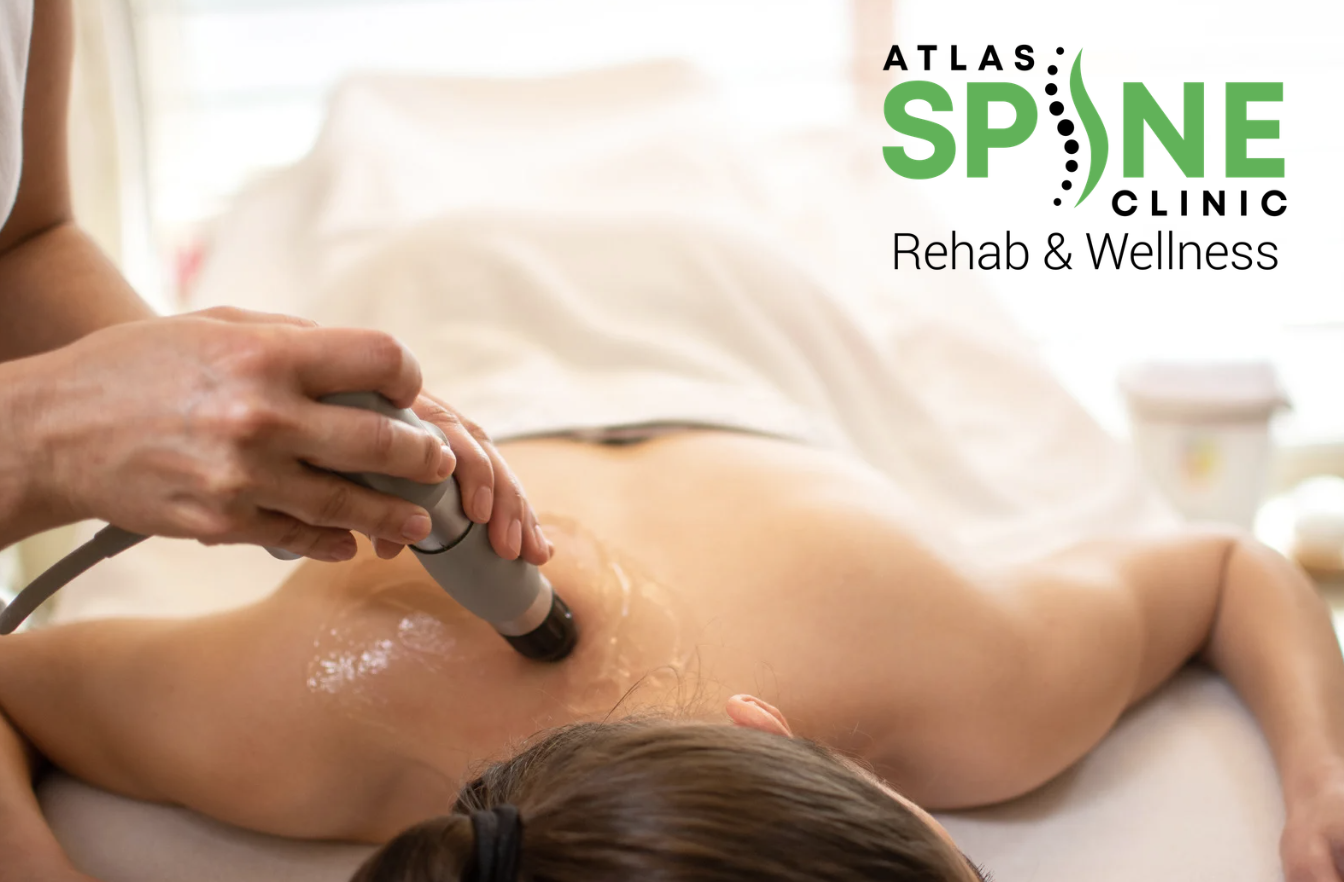If you or a loved one has scoliosis, you’ve probably wondered: Can chiropractic care help? Can it reduce pain? Can it fix the curve?
Well, all your questions will be answered in this article. Stay with us.
What Is a Scoliosis Chiropractor?
A scoliosis chiropractor is a specialist trained in managing and alleviating the symptoms of scoliosis using targeted chiropractic techniques.
Unlike general chiropractors who focus on spinal alignment for overall alignment, a scoliosis chiropractor understands the unique biomechanics of a curved spine and tailors treatments accordingly.
Their approach isn’t just about cracking joints it’s about strategic spinal manipulation, posture correction, and strengthening exercises designed to support the spine’s natural function.
While they can’t “cure” scoliosis or fully straighten the spine, they can help reduce discomfort, improve mobility, and, in some cases, slow progression.
The best scoliosis chiropractors take an integrative approach, often combining chiropractic care with physical therapy, bracing, and custom exercise plans for long-term spinal health.
Can chiropractors or manipulation help with scoliosis?
Chiropractic for Scoliosis Pain
Living with scoliosis often means dealing with nagging back pain, muscle tightness, and discomfort from an imbalanced spine.
While chiropractic care can’t reverse the spinal curve, it can be a game-changer for pain relief by reducing tension, improving spinal mobility, and enhancing overall posture.
A scoliosis chiropractor uses gentle, targeted adjustments to ease pressure on nerves and muscles, helping the body move more freely without discomfort.
Unlike medication, which only masks pain, scoliosis chiropractor aims to address the root cause of muscle imbalances, spinal misalignment, and joint stiffness so you feel better naturally.
When combined with stretching, therapeutic exercises, and proper posture techniques, chiropractic care can provide long-term relief and improve overall quality of life.
However, the key is working with a scoliosis chiropractor who understands the complexities of a curved spine, ensuring treatments are safe, effective, and tailored to your needs.
Chiropractic to Correct Spinal Curvature
While chiropractic care can improve posture and spinal function, it cannot fully correct or straighten scoliosis.
Unlike a misalignment that can be adjusted back into place, scoliosis is a structural condition that requires a more specialized approach.
However, scoliosis-specific chiropractic care can help reduce stiffness, improve spinal balance, and, in some cases, minimize curve progression when combined with targeted therapies like bracing and corrective exercises.
The key is consistency in regular adjustments, along with strength-building exercises, which can make the spine more adaptable and less prone to discomfort.
Is Massage Good for Scoliosis?
Massage therapy won’t straighten a scoliosis curve, but it can work wonders in relieving muscle tension, improving circulation, and reducing pain caused by spinal imbalances.
Since scoliosis places uneven stress on the back muscles, targeted massage techniques can help loosen tight areas, enhance flexibility, and even improve posture over time.
Deep tissue or myofascial release therapy can be particularly effective in reducing stiffness and promoting relaxation, making movement easier and less painful.
However, for the best results, massage should be combined with other treatments like chiropractic care, physical therapy, or strength-building exercises.
Think of it as a relief tool, not a corrective solution it helps your body feel better, move better, and function more comfortably despite scoliosis.
Can Chiropractic Make Scoliosis Worse?
When performed correctly by a trained scoliosis chiropractor, chiropractic care is unlikely to make scoliosis worse. However, not all chiropractors are experienced in treating the complexities of a curved spine.
General chiropractic adjustments, if done improperly, may put unnecessary strain on the spine or cause discomfort without addressing the root issue.
That’s why it’s crucial to seek an expert scoliosis chiropractor who understands scoliosis biomechanics and tailors treatments to your unique spinal structure.
The most common side effects of chiropractic care like mild soreness, stiffness, or temporary discomfort are usually short-lived. In rare cases, aggressive spinal manipulation could lead to muscle strain, but severe complications are extremely uncommon.
The key to safe and effective scoliosis chiropractic care is choosing a knowledgeable provider who focuses on pain relief, mobility, and postural support rather than forcefully “correcting” the curve.
What Are Effective Nonsurgical Treatments for Scoliosis?
While scoliosis can’t be fully reversed without surgery, several Non-surgical scoliosis treatments can help manage symptoms, improve mobility, and even slow progression in some cases.
The right approach depends on the severity of the curve, age, and individual needs. Here are some of the most effective nonsurgical scoliosis treatments:
1. Scoliosis-Specific Chiropractic Care
Unlike general chiropractic adjustments, scoliosis-specific chiropractors use targeted techniques to improve spinal mobility, relieve pain, and support better posture without over-manipulating the spine. This can help reduce stiffness and discomfort, making daily activities easier.
2. Physical Therapy & Strength Training
A well-structured physical therapy program focuses on:
- Core strengthening to support the spine.
- Flexibility exercises to reduce muscle tightness.
- Postural correction techniques to improve alignment.
Therapies like the Schroth Method are designed specifically for scoliosis and help train the body to maintain better posture.
3. Bracing (for Growing Children & Teens)
For children or adolescents with moderate scoliosis (25-45 degrees), bracing can prevent the curve from worsening during growth spurts. Modern braces like the Boston or Chêneau brace are custom-fitted and more comfortable than older versions. While bracing doesn’t “fix” scoliosis, it helps stabilize the spine during crucial growth years.
4. Massage Therapy & Myofascial Release
Massage doesn’t correct scoliosis, but it can relieve muscle tightness, improve blood circulation, and reduce pain in areas strained by the spinal curve. Techniques like deep tissue massage and trigger point therapy are especially helpful for relieving tension around the spine.
5. Yoga & Pilates for Posture & Flexibility
Gentle, low-impact exercises like yoga and Pilates can enhance spinal flexibility, strengthen core muscles, and promote better posture. Poses that emphasize spinal elongation and core engagement are particularly beneficial. However, certain deep twists should be avoided without guidance from a professional.
6. Acupuncture for Pain Management
Acupuncture may help some individuals by stimulating pressure points that relieve back pain and muscle stiffness. While it doesn’t affect the spinal curve, it can be a useful complementary treatment for managing discomfort.
7. Lifestyle Adjustments & Ergonomic Support
Scoliosis symptoms can worsen with poor posture, heavy lifting, or long hours of sitting. Making small lifestyle adjustments can help, such as:
- Using ergonomic chairs and supportive mattresses.
- Avoiding one-sided heavy bags that strain the spine.
- Incorporating daily stretching and movement breaks to keep muscles active.
Frequently asked questions about nonsurgical scoliosis treatment
Is Chiropractic Safe for Scoliosis?
Yes, chiropractic is generally safe for scoliosis when performed by a trained scoliosis-specific chiropractor.
Unlike general spinal adjustments, chiropractic care for scoliosis is gentle, targeted, and tailored to the unique structure of a curved spine.
The most common side effects of mild soreness or stiffness are temporary and usually subside quickly.
However, it’s important to avoid aggressive spinal manipulation from chiropractors without specialized scoliosis training, as improper adjustments may strain the spine.
Always consult a qualified professional who understands the complexities of scoliosis to ensure safe and effective treatment.
Can You Realign Scoliosis?
Complete realignment of a scoliosis curve without surgery is unlikely, but certain treatments can improve spinal balance, posture, and mobility.
While chiropractic care, bracing, and Scoliosis therapy won’t “straighten” the spine, they can help reduce stiffness, relieve pain, and sometimes slow curve progression.
In some mild cases, specialized exercises and therapies like the Schroth Method may lead to minor curve improvements.
However, significant realignment typically requires surgical intervention, such as spinal fusion, for severe cases.
Is Physiotherapy or a Chiropractor Better for Scoliosis?
Both physiotherapy and chiropractic care can help scoliosis patients, but their approaches differ.
Physiotherapy focuses on strengthening muscles, improving flexibility, and enhancing posture, making it ideal for long-term spinal support.
Chiropractic care, especially when scoliosis-specific, is more focused on Scoliosis pain relief, mobility, and spinal balance.
The best approach? A combination of both. Working with both a scoliosis chiropractor and a physical therapist can offer a well-rounded, non-invasive treatment plan for managing scoliosis effectively.
Wrapping Up
While chiropractic care won’t completely reverse scoliosis, it can be a valuable tool for pain relief, improved mobility, and better posture.
The key is finding the right approach—whether it’s scoliosis-specific chiropractic care, physical therapy, bracing, or a combination of treatments tailored to your needs.
If you’re looking for expert chiropractic care for scoliosis, Atlas Spine Clinic is here to help.
With a team of experienced professionals specializing in spinal health, we offer personalized, non-invasive treatments to help you manage scoliosis effectively.
Whether you’re dealing with chronic pain, stiffness, or postural challenges, our specialists use cutting-edge techniques to enhance your spinal function and quality of life.
Don’t let scoliosis hold you back—take the first step toward relief today! Visit Atlas Spine Clinic to learn more and book your consultation. Your spine deserves expert care!
